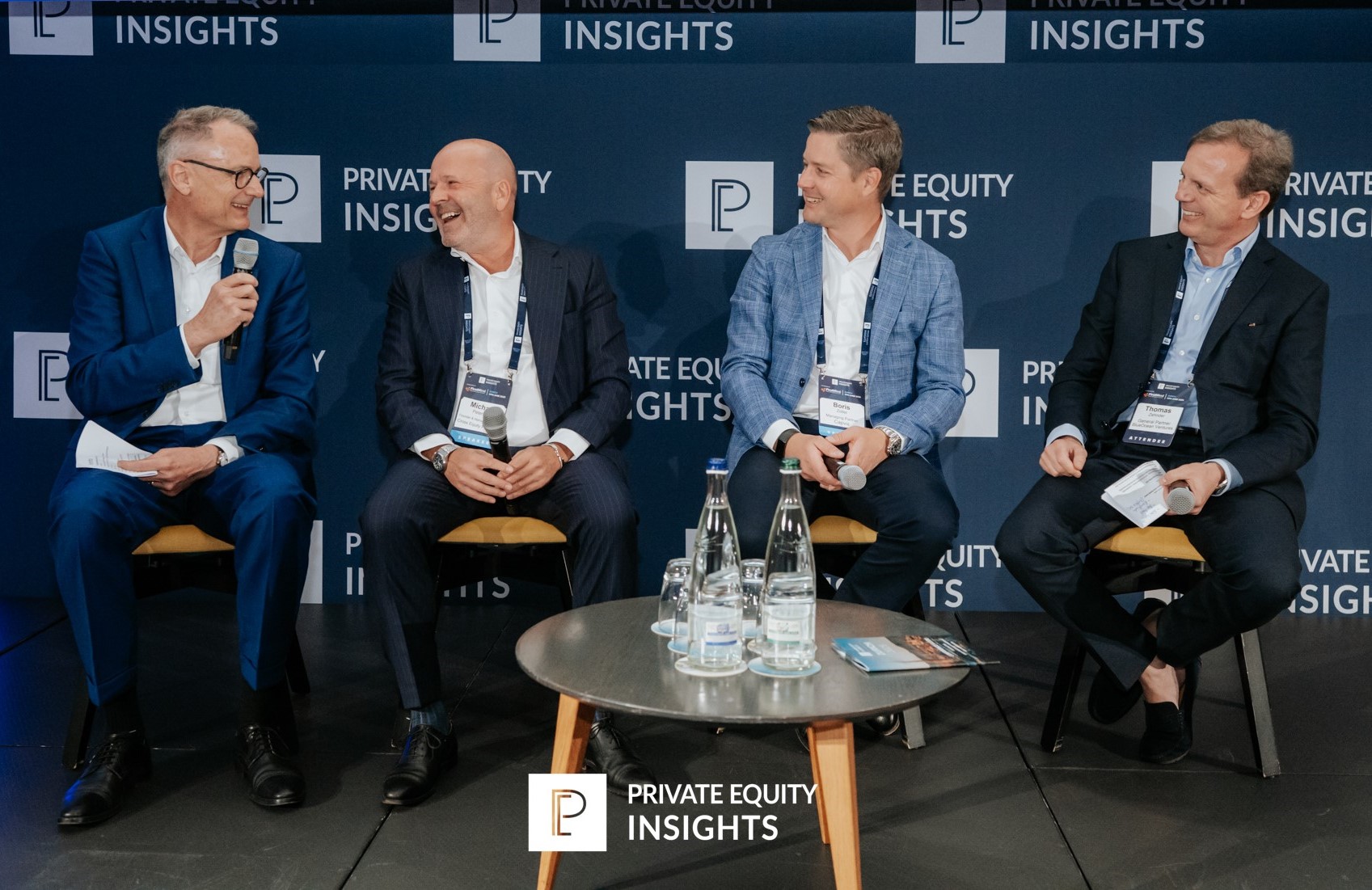
Once a top-level target operating model and organization are agreed, that’s when the heavy lifting starts. It’s when hundreds of decisions on sub-structures, new or changed roles and interfaces at different levels need to be made. And, it’s during this period of intense decision-making that proper governance of the merger process is essential to avoid confusion, misunderstandings, and delayed implementation.
Good governance starts by defining and communicating a well-structured and synchronized process by which merger decisions are made. The biggest and most common mistake is to appoint leaders to new/changed senior positions in the merged company and delegate responsibility for “lifting-and-shifting” employees into their new buckets. Although new appointees may feel empowered by their nomination, this is in fact a “hospital pass” to selected managers. In the absence of clear governance, they don’t have the time and resources to ensure that roles, interfaces and processes in their organizations are clear, are harmonized across the businesses and work properly. They only understand problems much later, when it is too late. It’s far better to establish a clear governance process for making and implementing merger decisions up-front.
A key element of good merger governance is a “Transformation Board” that gives final approval to new or changed sub-structures, roles and management appointments before they are implemented. This critical governance body should be composed of selected senior executives from both merging companies with high credibility. Employees from both organizations get the reassuring signal that they have a seat at the table and are represented when decisions are made. The Transformation Board’s signaling in this regard is helpful in reducing fear, insecurity and the resulting dysfunctional behaviors that can erode trust between the merging organizations.
The Transformation Board’s role needs to be rigorously communicated throughout the merging organizations. This will prevent dysfunctional decisions and actions by managers in the merging organizations. When it is clear to everyone that no decision is final and nothing will be implemented until the Transformation Board approves, managers will avoid pre-empting decisions in their own self-interest for fear of having those actions exposed or overturned by the Transformation Board. Hindering uncoordinated, ad-hoc manager actions during the merger ensures trust in the process and precludes miscommunication, misunderstanding and a breakdown of trust and collaboration.
An integration plan or ‘roadmap’ is essential for keeping the integration process on track and creating positive momentum in the organization. In order to make the perception of collaboration a reality, the plan should be developed by managers from both merging organizations. The process of jointly developing the integration plan becomes part of the output in terms of ensuring a collaborative working relationships between the teams. This is also where a qualified third-party facilitator can help to drive clarity on the integration roadmap without triggering suspicion or distrust between the parties.
The plan needs to be developed quickly. “The longer you let things go, the more distracted people become” explains Andros Payne, Managing Partner at Humatica. Rapid integration allows the benefits of synergies to be realized sooner, minimizes the window of uncertainty for employees, and allows managers to focus on daily business sooner, rather than be distracted by merger integration topics over a longer period.
Merger implementation workstreams should involve selected managers and employees from each company. Gilde Buy Out Partners’ consolidation of three US solar panel suppliers Ironridge, EcoFasten and Quickmount under the ESDEC is a great example of outstanding merger governance. According to Stijn Vos, CEO of the ESDEC Group “we established six merger workstreams for the Transition, Go-To-Market, Products and R&D, Supply Chain, Support Functions, Systems and Business Intelligence. Each team had a senior executive sponsor, a lead and subject-matter experts from each company”. This approach worked well. Vos adds, “our bottom-up approach meant that different areas could be integrated in parallel by knowledgeable employees. It was fast and engaged our team members”. ESDEC’s best-practice merger governance empowered managers and employees who were given responsibilities for specific modules. Merger decisions were implemented quickly through this collaborative approach and talent was retained throughout the process.
Lastly, a Project Management Office (PMO) is essential for coordinating and governing different merger workstreams. The PMOs responsibilities typically include coordinating taskforces, setting the pace, tracking progress and ensuring deadlines are met. The necessary competencies in the PMO include conceptual and analytical thinking, the ability to structure information. outstanding written and verbal communications and the ability to lead through facts and positive persuasion rather than direct line control. It is a difficult role, requiring specialized skills.
The success of buy & build strategies depends on the value enhancing merger of bolt-on acquisitions. This is especially tricky when consolidating former competitors within a geographic market or across national boundaries. Merger governance processes play a key role in the success of failure of an integration process. Establishing a well-defined merger process with clear governance avoids disruptive issues and ensures timely realization of benefits.
Click here to read the full article series on Buy & Builds.

Resilience isn’t a buzzword anymore—it’s the make-or-break factor for portfolio companies navigating today’s volatility. That was the takeaway from the standout panel at the PE…
Read more
Rightsizing an organization is never easy. But, it is a normal process as firms adapt to changing market requirements. More recently, higher interest rates, AI…
Read more
The promise of AI and turbulence introduced by the Trump tariffs have renewed focus on rightsizing and efficiency improvement as levers for value creation and…
Read moreReceive our news and valuable perspectives on organizational effectiveness each month.